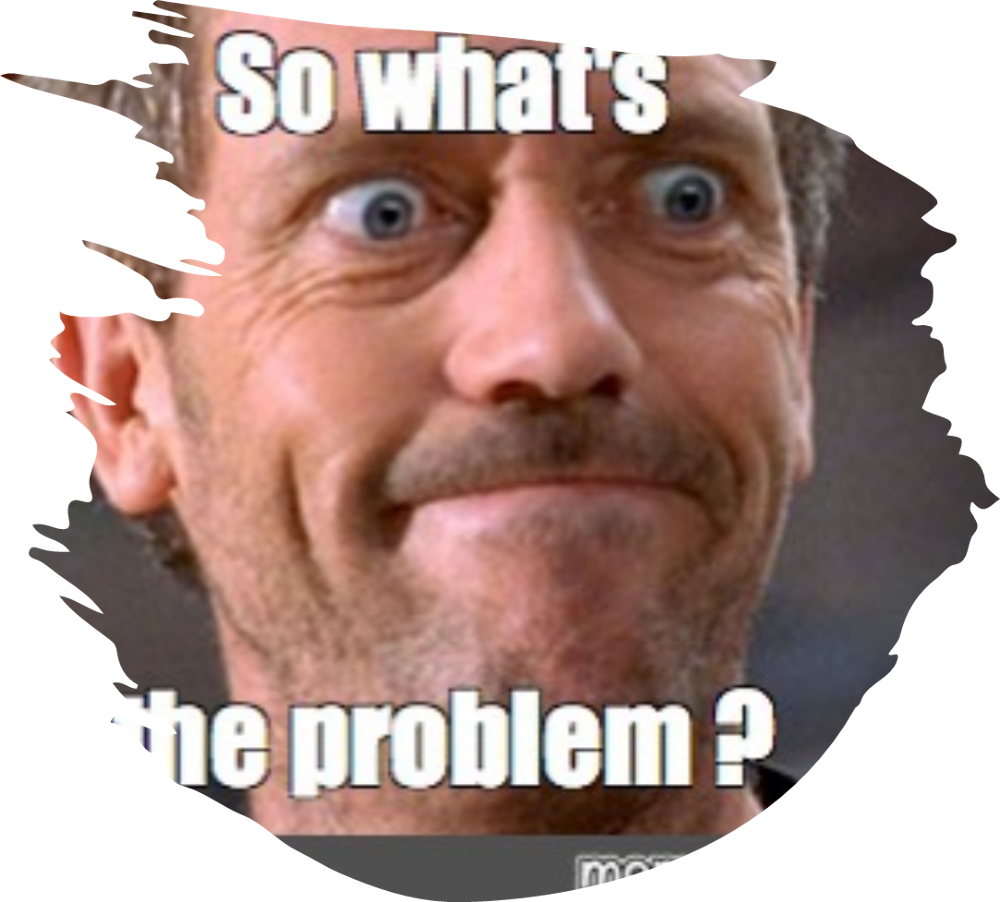Is there room for problem statements in a ‘systems’ world of ‘complexity’ and ‘agility’?
Nicholas Jones asked in Systems Innovation.

I think — not really — though as with all these things, the correct answer is ‘it depends’.
___
The classic problem statement in #lean or #sixsigma specifies a deviation from a ‘norm’ or ‘ideal state’, in terms of ‘why, when, where, what, which, and how’. It is usually linked to a target or ideal state definition — what we need to achieve.

On a simple level it gives people a clear understanding of what we’re doing.
On a more sophisticated level, great lean six sigma work approaches ethnomethodology — it forces a process understanding of *how* the understanding of the situation is being framed, at a very detailed level — how is sense *actually* being made in the work.
In the A3 process, done well, you iterate to understand the basis of the logic — you’re working on shared rationality in a meta-rational frame.

It’s also about avoiding blame and a rush to judgement or solutions (But for God’s sake, note down ideas which people offer! I’ve seen *this* be blamed and dismissed — appalling and unproductive behaviour, which I will therefore blame and dismiss 😊)

So the problem in the problem statement isn’t the problem statement.
That forces an understanding of what is actually going wrong and — if done properly — makes you specify and clarify the framing within which the problem is being understood.
__
The two main problems are:
1- Our old friend ‘‘In A Controlled Environment’.
The main UK project management methodology, PRINCE2, is ‘Projects in a Controlled Environment’ — a noble goal; enough buffer zone around the project work itself that we can proceed according to clear logic. The changing world gets handled by the interface between the real world and the project space.
This works as far as it works. It’s not dumb — the question is, is it realistic?
2- Including ‘target state’ and ‘ideal condition’, on an assumption that we actually know how this translates into value in the world. Good ‘lean’ makes you work hard to justify this, but most problematically, this is often an arbitrary target rather than a direction of travel calibrated against real-world feedback.
___
The sensemaking process is powerful, if you include the ways in which sense is made and the context which allows it to be stable (or not).
Assuming that we are starting from a stable world where we all share the same understanding (including customers and competitors), and we can accurately predict an arbitrary figure that will be better would be the mistake.
__
My initial response was:
“Yes — if you include from what perspective and in what context the ‘problem’ is defined (e.g. you might want to make it a version of a CATWOE statement
This invites different perspectives:
– to whom is this problem a benefit?
– what system makes the problem a problem?
– who else sees it differently?”
A great source for more on this kind of thinking is Harish Jose — e.g. https://harishsnotebook.wordpress.com/2020/03/01/constructivism-at-the-gemba/
__
What do you think?
One thought on “What’s the problem with problem statements?”